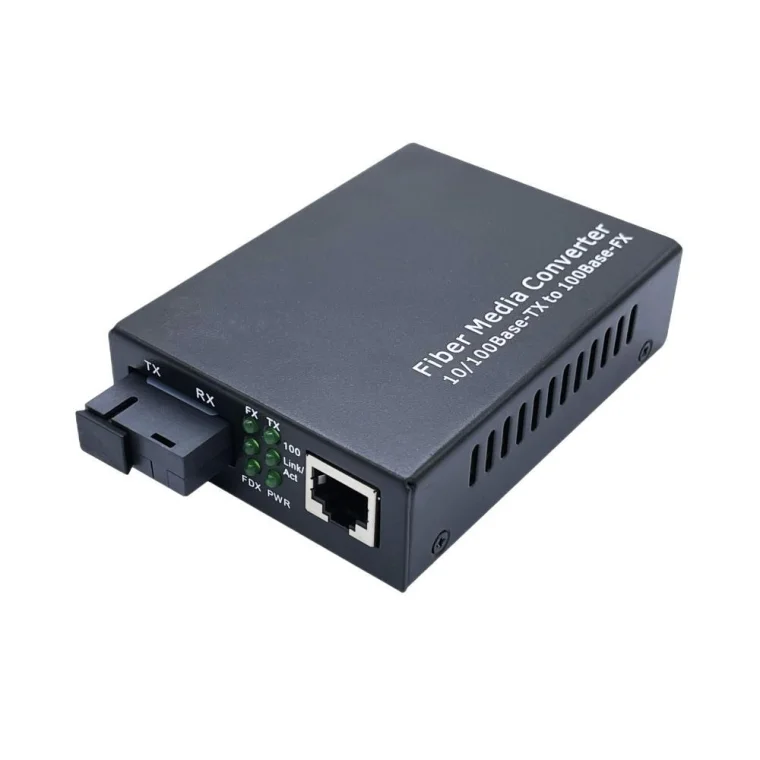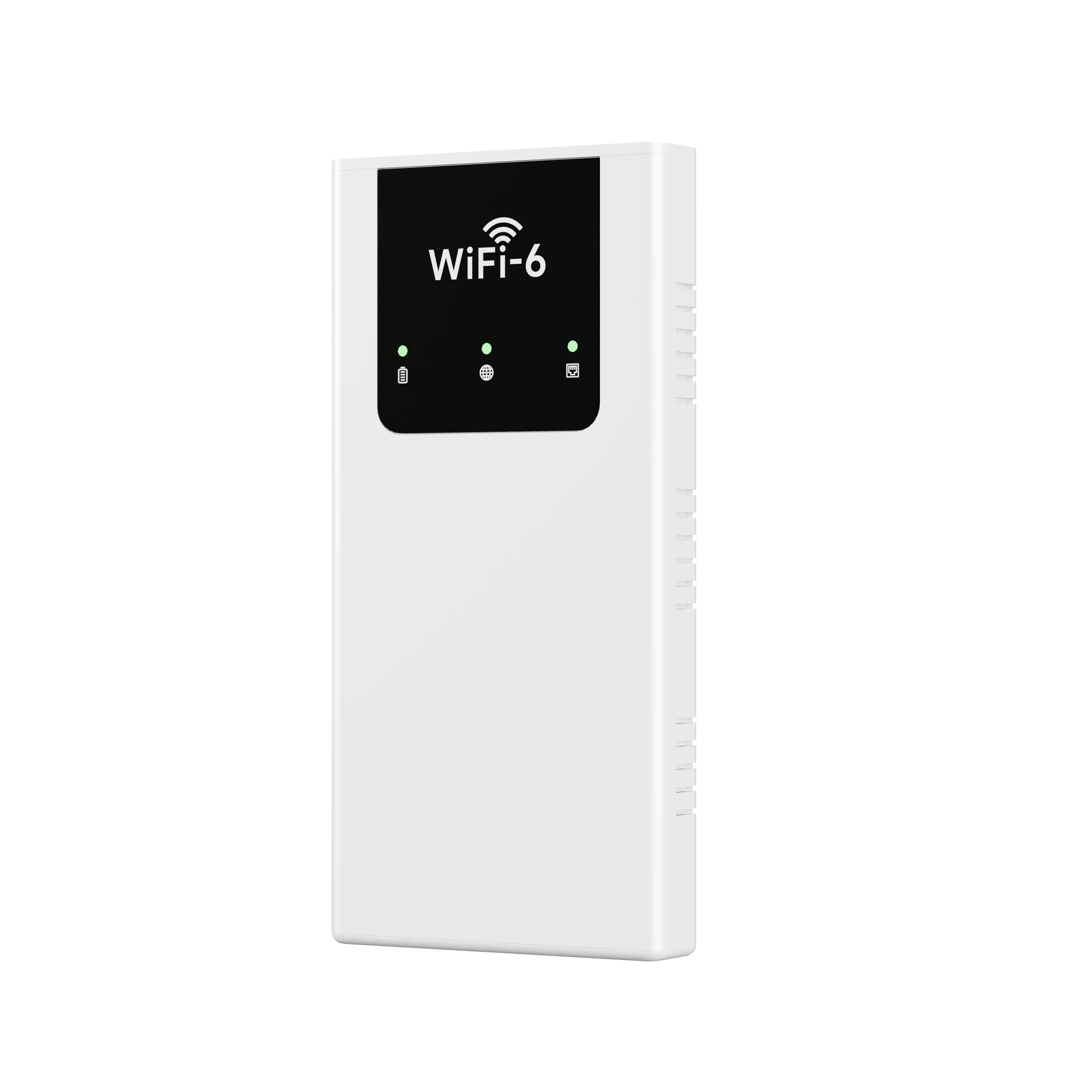As modern networks demand faster and more reliable data transmission, fiber optic transceivers play a crucial role in ensuring seamless connectivity. Choosing the right transceiver is essential for optimizing performance, reducing costs, and ensuring compatibility with your existing network infrastructure. In this guide, we will explore the key factors to consider when selecting a fiber optic transceiver and how FlyingFiber Co., Ltd. provides high-quality solutions for global customers.

1. Understand Your Network Requirements
Before selecting a fiber optic transceiver, consider the specific needs of your network, including:
-
Transmission Distance – How far does your data need to travel?
-
Data Rate – What speed is required for efficient network performance?
-
Network Environment – Are you operating in a data center, enterprise network, or telecom application?
FlyingFiber offers a wide range of transceivers designed to meet various distance and speed requirements, ensuring seamless integration into different network environments.
2. Choose Between Single-Mode and Multi-Mode Transceivers
Fiber optic transceivers are available in single-mode (SMF) and multi-mode (MMF) options, each suited for different applications:
-
Single-Mode Transceivers (SMF) – Ideal for long-distance transmission (up to 100km) with a smaller core size and laser-based transmission.
-
Multi-Mode Transceivers (MMF) – Best for short-distance applications (up to 550m) with a larger core and LED-based transmission.
FlyingFiber provides both single-mode and multi-mode transceivers, ensuring customers get the right solution based on their networking needs.
3. Consider the Data Rate and Form Factor
Fiber optic transceivers come in various form factors and data rates, such as:
-
SFP (Small Form-Factor Pluggable) – Supports 1Gbps speeds, commonly used in enterprise networks.
-
SFP+ – Supports 10Gbps, widely used in high-speed networks.
-
QSFP+ (Quad Small Form-Factor Pluggable) – Supports 40Gbps, suitable for data centers and cloud computing.
-
QSFP28 – Supports 100Gbps, designed for ultra-high-speed networking.
Choosing the right form factor ensures compatibility with your existing hardware. FlyingFiber provides a comprehensive range of transceivers that support speeds from 1G to 100G and beyond.
4. Ensure Compatibility with Your Network Equipment
It’s important to select transceivers that are compatible with your switches, routers, and networking devices. Some manufacturers use vendor-locked transceivers, while others support open standards. FlyingFiber’s transceivers are designed for universal compatibility, ensuring seamless operation across different networking brands.
5. Check Reliability and Certification Standards
High-quality transceivers should meet industry standards and certifications to ensure performance and durability. Look for:
-
CE, FCC, and RoHS compliance for safety and environmental standards.
-
Testing and quality control to ensure reliability.
-
High-temperature tolerance for industrial applications.
FlyingFiber ensures that all its fiber optic transceivers meet global industry standards, offering reliable and high-performance solutions for diverse applications.
Conclusion
Choosing the right fiber optic transceiver is essential for optimizing network efficiency, ensuring compatibility, and supporting long-term scalability. By considering factors such as transmission distance, data rate, form factor, and reliability, businesses can make informed decisions when selecting transceivers.
As a leading fiber optic communication solutions provider, FlyingFiber Co., Ltd. offers a wide range of high-quality transceivers and fiber optic products to meet global networking needs. With over a decade of export experience and a strong customer base worldwide, FlyingFiber is committed to delivering reliable, high-performance solutions for all your fiber optic communication requirements.
www.flyingfiber.com
Shenzhen FlyingFiber Co., Ltd.
